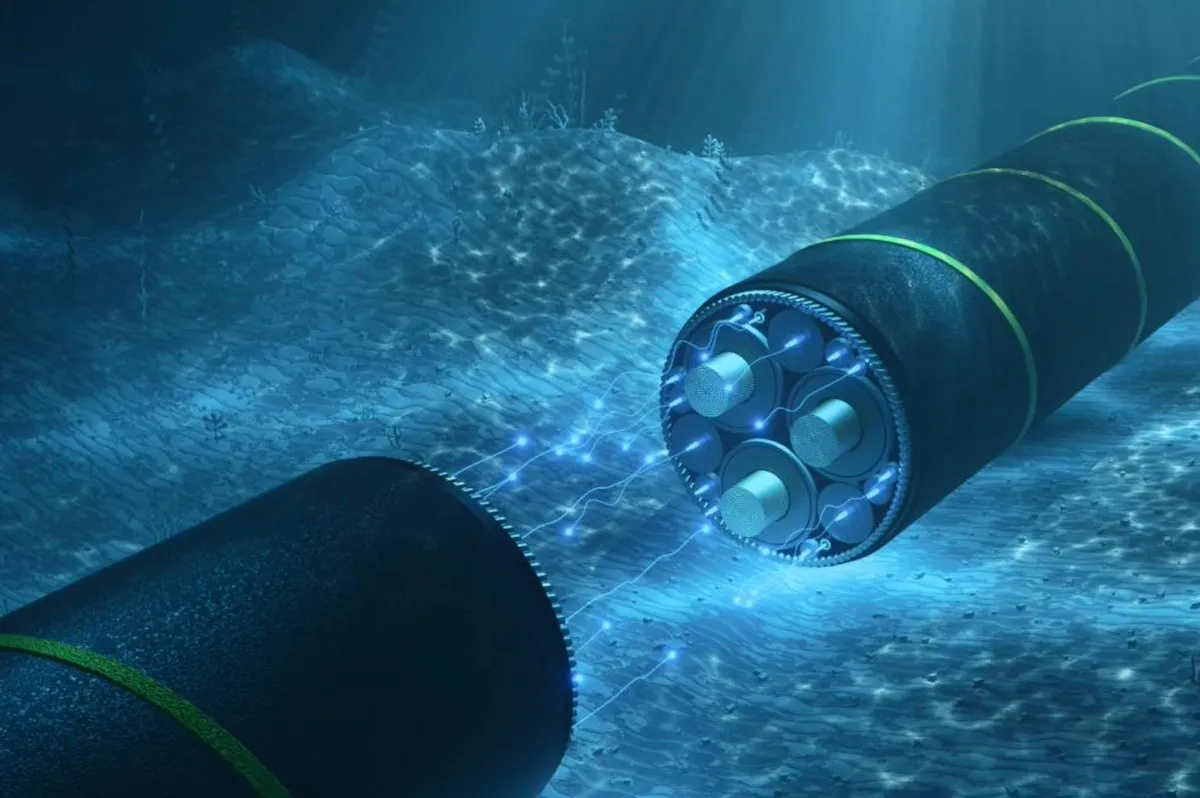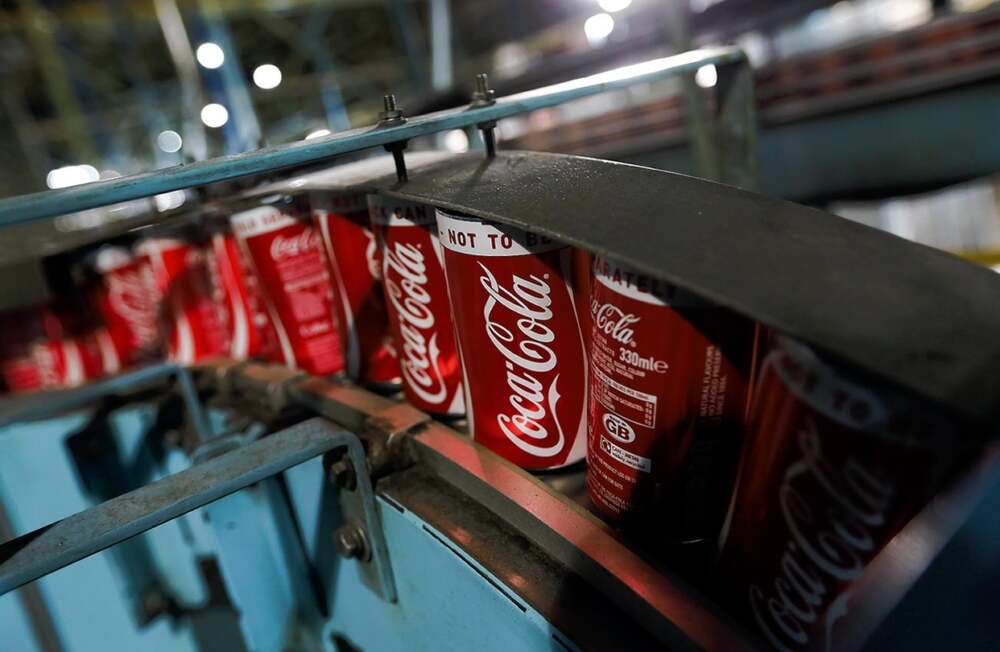Major Outage Across Key Regions
Widespread internet disruptions have struck countries in the Middle East and South Asia following damage to multiple undersea fiber-optic cables in the Red Sea. Nations including India, Pakistan, Saudi Arabia, and the United Arab Emirates reported slow connections, delays in cloud services, and interruptions to international data traffic.
Vital Data Lines Severed
The Red Sea serves as a critical corridor for global internet traffic, connecting Asia to Europe and beyond. The damaged cables are part of systems that carry massive volumes of data between continents. With several routes disrupted, users across the affected regions experienced sluggish browsing, streaming delays, and unreliable digital services.
Cloud and Business Services Affected
Global technology companies confirmed that their cloud platforms were impacted, particularly for clients whose data normally transits through the Middle East. While traffic rerouting efforts have eased some of the strain, businesses, financial services, and everyday users continue to face degraded performance.
Conflict Raises Suspicions
The cause of the damage has not been definitively confirmed. While accidental incidents—such as anchors dragging along the seabed—are common, experts warn that ongoing conflict in the Red Sea raises the possibility of deliberate interference. Recent instability in the region has already placed global shipping and communication routes under increased threat.
Complex Repairs Ahead
Restoring connectivity will not be quick. Repairs to undersea cables require specialized ships and careful coordination, often taking weeks to complete. The fragile nature of these systems underscores the risks of relying heavily on a few strategic chokepoints for international data flows.
Global Wake-Up Call
The disruptions highlight the vulnerability of critical digital infrastructure. With more than 95 percent of global internet traffic dependent on subsea cables, any damage to these arteries has far-reaching consequences for economies, security, and daily life. Analysts argue that greater investment in redundancy—through additional cable routes and satellite systems—is essential to safeguard connectivity in the future.
















Leave a Reply